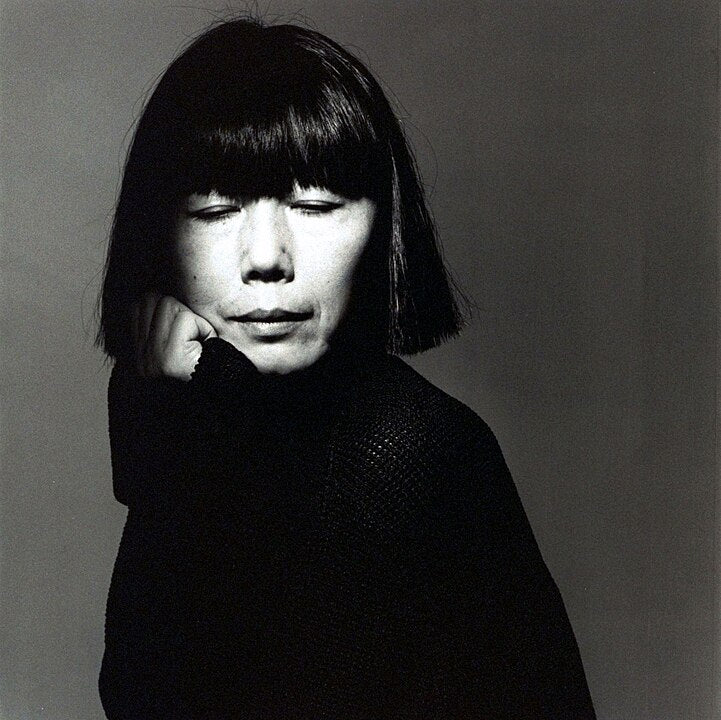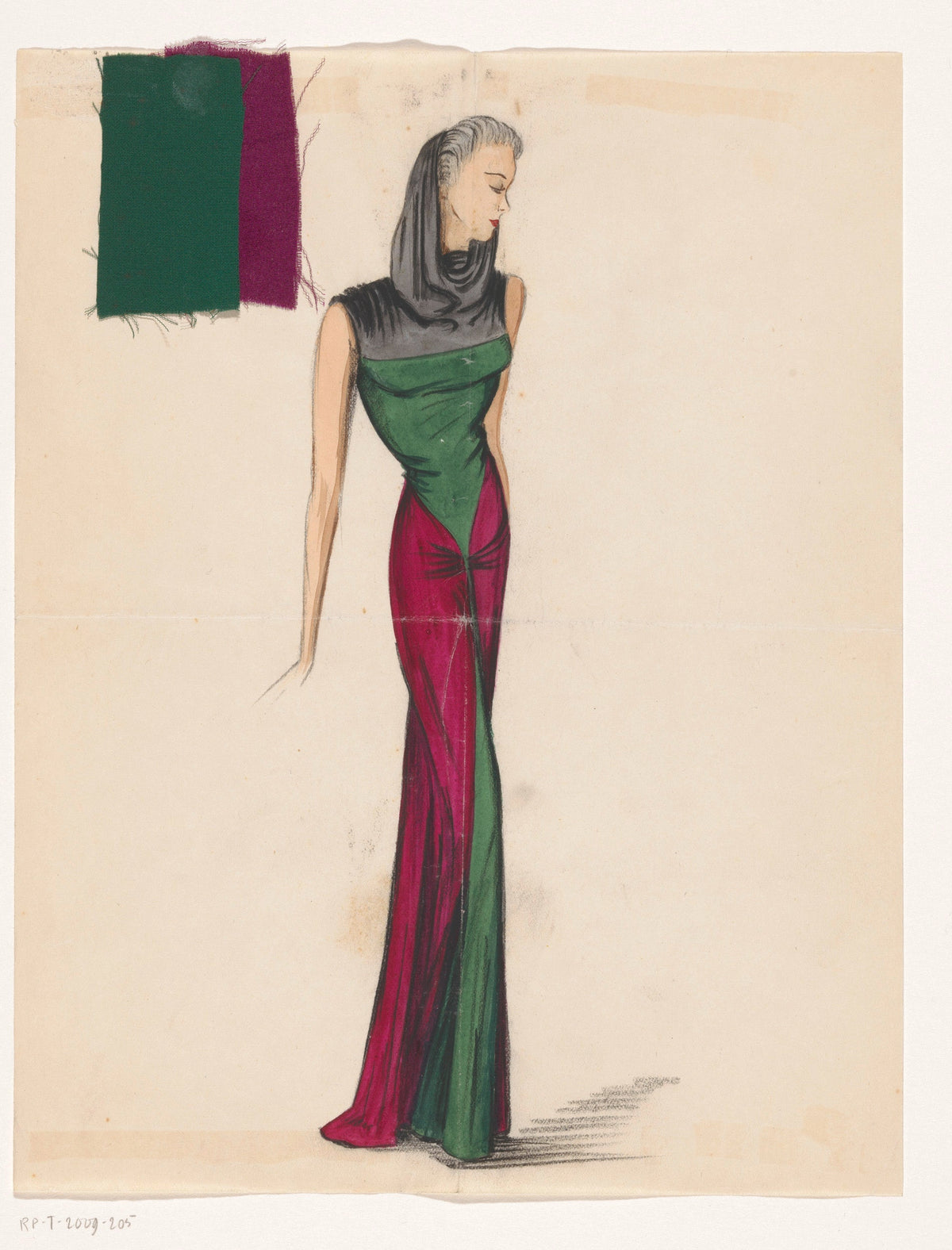Madame Grés elevated fashion design into an art. From her classical dresses to the use of denim, she change the clothing world. Her creations redefined the way we dress.
Trailblazers of Style: Women Designers Who Shaped Fashion History

Fashion is an ever-evolving landscape, continually shaped by visionary designers who bring fresh perspectives and bold ideas.
Among these creative minds, women fashion designers have played pivotal roles in revolutionizing style and redefining beauty standards.
Here, on OnPost, we celebrate ten trailblazing women whose contributions have left an indelible mark on fashion history.
Coco Chanel: The Architect of Modern West Women's Fashion
No discussion about influential women in fashion is complete without mentioning Coco Chanel.
Born Gabrielle Bonheur Chanel in 1883, she revolutionized women's fashion with her innovative designs and modern sensibility.
Chanel's designs liberated women from the constraints of corsets, introducing relaxed silhouettes, chic suits, and the timeless little black dress.
Her forward-thinking approach and the iconic Chanel No. 5 perfume have cemented her legacy as a fashion legend.
Chanel's influence extended beyond her clothing.
She introduced a sense of elegance and simplicity that became the hallmark of her brand.
Her designs incorporated elements of men's fashion, promoting comfort and functionality without sacrificing style.
The Chanel suit, with its clean lines and tailored fit, became a symbol of sophisticated femininity.
Her contributions to fashion were not just about aesthetics; they represented a shift towards modernity and independence for women in the West.
Elsa Schiaparelli: The Surrealist Couturier
Elsa Schiaparelli was a pioneer of avant-garde fashion, known for her innovative and often surreal designs.
Born in Rome in 1890, Schiaparelli moved to Paris in the 1920s, where she began her career in fashion.
Collaborating with artists like Salvador Dalí, she created pieces that blurred the line between art and fashion.
Schiaparelli's daring use of color, including the shocking pink, and her whimsical creations continue to inspire designers today.
Schiaparelli's designs were characterized by their boldness and creativity.
She introduced unconventional materials and techniques, such as using zippers as decorative elements and creating garments with unexpected shapes.
Her collaborations with artists led to iconic pieces like the Lobster Dress and the Tears Dress, which remain influential in the fashion world.
Schiaparelli's work challenged traditional notions of fashion, pushing the boundaries of what was considered wearable art.

Madame Grès: The Sculptress of Fabric
Madame Grès, born Germaine Émilie Krebs in 1903, was renowned for her meticulous craftsmanship and elegant drapery.
Her Grecian-style gowns, characterized by precise pleating and sculptural forms, showcased her mastery of fabric manipulation.
Grès' dedication to perfection and timeless elegance has made her an enduring icon in haute couture.
Grès' approach to design was deeply rooted in her background as a sculptor.
She viewed fabric as a medium to be molded and shaped, creating garments that flowed and draped gracefully.
Her attention to detail and commitment to craftsmanship set her apart in the world of couture.
Each piece was a work of art, meticulously crafted to enhance the natural beauty of the wearer.
Madame Grès' legacy lives on in the timeless elegance and sophistication of her designs.
Mary Quant: The Queen of Mod
Mary Quant was a key figure in the 1960s fashion revolution, bringing the youthful and playful Mod style to the forefront.
Born in London in 1930, Quant opened her boutique, Bazaar, on King's Road in the mid-1950s.
She popularized the miniskirt, symbolizing liberation and empowerment for women.
Quant's bold use of color and innovative designs helped shape the fashion landscape of the Swinging Sixties.
Quant's designs captured the spirit of the era, reflecting the cultural and social changes of the time.
Her use of bright colors, geometric patterns, and playful silhouettes appealed to the younger generation, who were eager to break away from traditional fashion norms.
The miniskirt, in particular, became a symbol of freedom and self-expression.
Quant's influence extended beyond clothing, as she also introduced new makeup styles and accessories that completed the Mod look.
Diane von Fürstenberg: The Wrap Dress Pioneer
Diane von Fürstenberg made her mark with the iconic wrap dress, a symbol of independence and confidence for women.
Introduced in the 1970s, the wrap dress's versatility and flattering silhouette quickly made it a wardrobe staple.
Von Fürstenberg's commitment to empowering women through fashion has solidified her status as a fashion icon.
Von Fürstenberg's wrap dress was revolutionary in its simplicity and elegance.
It was designed to be both comfortable and stylish, allowing women to move freely while looking effortlessly chic.
The wrap dress's ability to flatter various body types made it a favorite among women of all shapes and sizes.
Von Fürstenberg's designs emphasized the importance of confidence and self-assurance, encouraging women to embrace their individuality and strength.
Vivienne Westwood: The Rebel of Punk Fashion
Vivienne Westwood is synonymous with punk fashion, bringing a rebellious spirit and avant-garde edge to the industry.
Born in 1941 in Derbyshire, England, Westwood's provocative designs challenged conventions and sparked a fashion revolution in the 1970s.
Her collaboration with Malcolm McLaren, the manager of the Sex Pistols, led to the creation of iconic punk pieces that defined an era.
Westwood's fearless creativity and commitment to environmental activism continue to influence and inspire new generations.
Westwood's designs were characterized by their boldness and defiance of traditional fashion norms.
She incorporated elements of punk culture, such as safety pins, distressed fabrics, and provocative slogans, into her clothing.
Her work was a form of social and political commentary, challenging the status quo and pushing the boundaries of what fashion could represent.
Westwood's influence extended beyond the punk movement, as she continued to innovate and experiment throughout her career.
Donna Karan: The Designer for the Working Woman
Donna Karan revolutionized women's fashion with her "Seven Easy Pieces" concept, offering versatile and stylish options for the modern working woman.
Born in New York in 1948, Karan launched her eponymous brand in 1984, focusing on practical yet elegant designs that catered to the needs of professional women.
Her practical yet elegant designs, including the iconic bodysuit, have made Karan a beloved figure in the fashion industry.
Her work continues to resonate with women seeking balance between style and functionality.
Karan's "Seven Easy Pieces" concept was a game-changer in women's fashion.
It consisted of interchangeable pieces that could be mixed and matched to create multiple outfits, providing versatility and ease for busy women.
Karan's designs emphasized comfort and functionality without sacrificing elegance, making them ideal for the modern, working woman.
Her approach to fashion was practical yet sophisticated, reflecting the changing roles and lifestyles of women in the late 20th century.
Miuccia Prada: The Innovator of Minimalism
Miuccia Prada transformed her family's luxury leather goods business into a global fashion powerhouse.
Born in Milan in 1949, Prada took over the family business in the late 1970s and introduced a new minimalist aesthetic.
Known for her minimalist aesthetic and unconventional approach, Prada has consistently pushed the boundaries of fashion.
Her ability to blend intellectualism with chic design has earned her a place among the most influential designers of our time.
Prada's designs are characterized by their clean lines, understated elegance, and innovative use of materials.
She has a unique ability to blend classic styles with modern elements, creating pieces that are both timeless and contemporary.
Prada's influence extends beyond clothing, as she has also made significant contributions to accessories, footwear, and fragrances with Miu Miu.
Her commitment to quality and innovation has made Prada one of the most respected and influential brands in the fashion industry.
Rei Kawakubo: The Avant-Garde Visionary
Rei Kawakubo, the mastermind behind Comme des Garçons, is celebrated for her avant-garde and often unconventional designs.
Born in Tokyo in 1942, Kawakubo founded Comme des Garçons in 1969, creating a brand that challenged traditional notions of fashion.
Kawakubo's work challenges traditional notions of beauty and fashion in East and West, embracing asymmetry, deconstruction, and innovative textiles.
Her fearless experimentation has made her a revered figure in the fashion world.
Kawakubo's designs are known for their conceptual and often abstract nature.
She embraces asymmetry, deconstruction, and unconventional silhouettes, creating pieces that are more like works of art than traditional garments.
Kawakubo's approach to fashion is deeply intellectual, often exploring themes of identity, culture, and the human body.
Her willingness to challenge norms and push boundaries has made her one of the most influential and respected designers in the industry.
Stella McCartney: The Champion of Sustainable Fashion
Stella McCartney is a leading advocate for sustainable fashion, championing eco-friendly practices and ethical production.
Born in London in 1971, McCartney launched her eponymous brand in 2001, focusing on luxury fashion with a commitment to environmental responsibility.
Her designs combine luxury with a commitment to environmental responsibility, setting new standards in the industry.
McCartney's dedication to sustainability has made her a trailblazer, inspiring a more conscious approach to fashion.
McCartney's commitment to sustainability is evident in every aspect of her brand.
She uses organic and recycled materials, avoids animal products, and promotes fair labor practices.
Her designs are not only eco-friendly but also stylish and sophisticated, proving that fashion can be both luxurious and sustainable.
McCartney's work has set new standards for the industry, encouraging other designers to adopt more responsible practices.
Beyond the Norms of Conventional and (Men-approch) Fashion
These pioneering women have not only shaped the fashion industry but also empowered generations through their creativity, innovation, and dedication.
Their legacies continue to influence and inspire, proving that fashion is not just about clothing—it's about expressing individuality, challenging norms, and making a lasting impact on the world.
They can be hard, they can raise your brow and make you ask "why?", some had pushed our idea of fashion, others are still working in the future of this form of expression.
We give them all our recognition.
Blog posts
After the Barbiecore trend, pink is always a yes. Find some ideas on how to wear a pink skirt and stand out with your party looks.
Whether you're building your dream capsule wardrobe or looking to stand out at your next event, satin pants give you options that are sustainable, comfortable, and incredibly chic.


